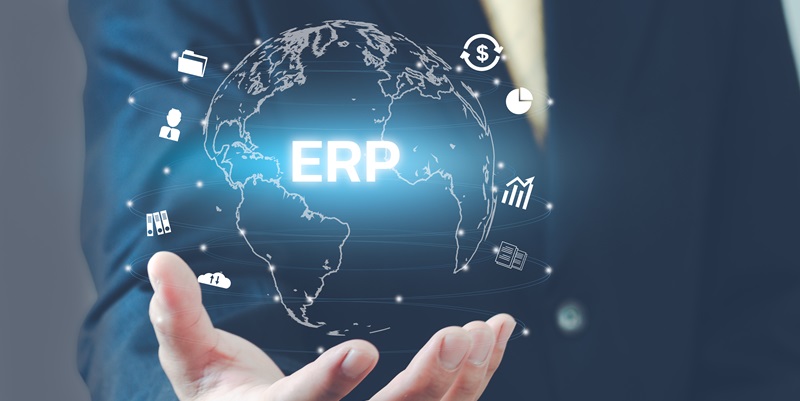In the current dynamic market, impeccable ERP (Enterprise Resource Planning) data quality is crucial for optimizing supply chain functions. ERP systems process an enormous volume of transactions and data exchanges daily; hence, data integrity is essential. Flawless data within an ERP system is not just a recommended guideline but a critical factor contributing to a company’s success or downfall. Strategies to safeguard the cleanliness of ERP data are a core necessity for any competitive and efficient organization. Ensuring data remains accurate and reliable boosts operational effectiveness and solidifies a firm’s standing in the market. Clean ERP data reinforces a seamless supply chain, fostering an environment for business growth and sustainability amidst challenging and constantly evolving market conditions. Maintaining rigorous data standards within an ERP framework, therefore, is a practice that yields significant dividends in business performance and continuous operational excellence.
Provide Comprehensive User Education
The cornerstone of ERP data integrity is comprehensive user education. When users are fully trained on the ERP system, they understand the importance of following data quality standards. This education should not be a one-time event, but an ongoing process that includes interactive training sessions. A good way to conduct this training is through learning management systems that assess users’ knowledge through tests and practical scenarios, helping them internalize ERP best practices. With consistent education, the risk of data input errors can be minimized, securing data quality from the ground up.
It’s important for the training to cover not only how to work with the software but also to highlight the repercussions of data inaccuracies. Users must recognize that even the most minor errors can cause significant operational disruptions. By instilling the significance of data integrity through proper training, every user becomes a guardian of the ERP system’s reliability.
Implement ERP Validation Features
Validation is a critical feature in ERP systems designed to ensure data quality. By capitalizing on these functionalities, the ERP system can automatically alert users to data inconsistencies or non-adherence to set standards. Such features reinforce data integrity by providing immediate feedback, reducing the need for rework or data cleansing down the line. System administrators possess the capability to customize these rules based on business specifics, thereby enhancing the relevance and effectiveness of the validations in preventing entry errors.
Moreover, these validations act as a real-time educational tool, reinforcing proper data entry practices as users interact with the system. When properly configured, they can prevent common data entry mistakes, such as entering an order for an out-of-stock product, thereby preserving the integrity of supply chain operations.
Execute Anomaly Detection Reporting
Anomaly detection reporting is an essential aspect of maintaining ERP data integrity. It involves setting up reports to flag data entries that appear abnormal, which could indicate underlying issues that need review. For instance, regular reports like daily or weekly reviews of orders or invoices enable employees to quickly identify and rectify inconsistencies. This proactive approach to managing data quality ensures that inconsistencies are addressed before they have the chance to impact broader supply chain operations.
These reports act as a snapshot of the operational health of the organization, showing at a glance whether the data aligns with expectations or standards. By regularly examining these reports, users can become more attuned to normal operational patterns and more quickly identify deviations that may signal data quality concerns.
Document Operational Procedures
Operational procedures must be meticulously documented as a definitive reference for all users interacting with the ERP system. Documented processes ensure that each user follows the same protocol when entering data, which in turn reduces the risk of errors. Consistency in documentation means that training for new employees becomes more streamlined and accurate, as there is a clear guideline to follow. It also acts as a point of reference for existing employees to double-check their methods and maintain adherence to best practices.
Clear and comprehensive documentation is especially crucial when dealing with complex supply chain operations involving numerous stakeholders and variables. It ensures that, no matter the turnover or changes within the organization, the integrity of the ERP data is upheld, supporting the seamless flow of operations across the supply chain.

